Loch decorative plant attracts gardeners with many advantages: unusual beautiful foliage, unpretentiousness to soil and growth conditions, the presence of beneficial properties or nutritious honey. It is worth only to watch the photo of Loha, and everyone will want to reflect their garden with this shrub. In this article we will look at what kinds of Loha exist, how to sit and how to care what to do for its good growth and beautiful foliage.
Loch Description
Loch is a deciduous or evergreen shrub or tree pertaining to the family of suckers - Elaeagnaceae. This is a word of Greek origin, it consists of 2 terms: «elaia» - means "olive" and "AGNOS" which means "chaste tree". In addition, in Central Asia, many people call the sucker "djigda", "dzhigida", "Jida". Loch grows in Japan, China, North America, Europe, Russia. More often than not, by itself, Loch plant grows as a shrub or small tree as having openwork spreading crown. Loch - low plant, rare cases reaching a height of 8 meters. Lohan branches have a gray-brown color. Oblong leaves are 3-10 cm long. Loch blossoms in May, sometimes in June-July. It all depends on the type of plant. Lohan branches covered with fragrant flowers that attract not only people, but also bees. Later, in August, there are edible fruit, they are very tasty and rich in chemical composition. However sometimes be spiny. People use them infrequently in food because they have more bone and a small amount of pulp.
types Loja
Loch plant has about 50 species, but we will consider only the most famous:
- prickly - Japan;
- umbrella - is found in East Asia;
- silver - native to North America;
- polyanthous - grows in China and Japan;
- angustifolia - growing in the south of Russia, the Caucasus, in Central Asia.
Loch scratchy description
Home to this type of sucker is Japan. Loch spiny reaches a height of 7 m. It is a deciduous shrub evergreen. Spreading branches covered with thick and short spines. The peculiarity of this kind is a frequent sprouting shoots with side branches which are directed downward. They help to cling lohu for other plants or objects. Therefore, sometimes this type sucker can reach a height of 10 m. Elliptic leaves have a length of 10 cm and dark green, brilliant sun.
Loch umbrella description
This kind of sucker is native to East Asia. Umbrella sucker has a height of 4 m Flowering begins in early to mid-June, however, the fruits ripen later -. In October. In addition, the tree begins to bear fruit only after 9 years of life.
Loch silver, description
Growing silver Loch in North America. He has a broad crown and grows up to 4 m. It is suitable for sucker silver exquisite decoration area. In garden design, it looks like a winter wonderland among the hot summer. It was as if covered with frost and snow, Loch silver is white among the green. The leaves of this sucker has a silver color on both sides. In addition, the flowers are very fragrant Loja, and also silver on the outside but inside the yellow. It blooms in June or July, and continues to bloom up to 20 days. Loch silver is oval or spherical fruit with a sweet powdery and rather dry pulp. It begins to bear fruit only after 8 years of life. Fruits ripen in September. Moreover, silver has high Loh hardiness and drought resistance. It grows best on loam or sand, as unpretentious to the soil and loves bright places.
Elaeagnus multiflora description
growing country multiflorous Lohan - are China and Japan. it is often called another name "gum". This kind of sucker is a low shrub height less than 1.5 m. Young shoots are flakes of brown-red color. The upper side of leaves covered with silvery scales, and the bottom - brown and silver. Yellowish-white flowers have the shape of a bell. Elaeagnus multiflora blooms in June. Fruits are juicy and big rich, vivid red color, they ripen in August. It has a pleasant taste, sometimes a little sour. Unpretentious: drought-resistant and well living the winter.
Olive, description
This is the kind of Loja, which is growing in Russia, in the south. In addition, it can be found in the Caucasus, Kazakhstan, Asia. It grows on the banks of rivers or lakes. It has asymmetric spreading crown. By itself, Elaeagnus angustifolia - low (up to 10 m.), a deciduous tree. Has long spines - about 3 cm longer than the leaves (8 cm.) Very soft, gray-green on top and silvery white underneath.. Flowers are orange-yellow shade silver outside and inside. The fruits are yellow-brown, powdery and sweet. This species has several characteristics: it is growing rapidly and have a deep root system. In addition, it is one of the few species of Loja, which stands fumes in cities and air smokiness. It tolerates the winter, shearing and cutting, and is resistant to drought. Often because it creates live barred.
planting Elaeagnus
If the sucker sits down at a permanent place almost forever, then you need to perplex it in the spring. With autumn landing, the faster loach sapling can freeze. Saplings are planted in well lit, outstandable place. The distance between them should be at least 1.5 m. This is due to the strong growth of the crown. The pit is digging depending on the soil, the harder and worse than the soil, the more the pit is needed for fertilizer. So, in clay soil you need a hole of 50 x 50 cm. In conventional soil, you can make 40 x 40 cm. Then it is necessary to pour a mixture of compost or humoring with sand and turf, superphosphate. Placing a seedlove, it is necessary to bu in the root neck for 4-6 cm. And pour off. During the summer, it is necessary to mulch peat or running into arid weather and produce undercaming with zhiza.
Loch care
Loch is an unpretentious plant, however, it still requires a small care. Loch is quite sensitive to weed plants. That is why they need to constantly delete and care for the soil around the plant. In addition, an annual feeding is needed. It is produced by organic fertilizers per plant - about 20 kg and more. Superphosphate is added (200-500 gr.), Potash salt (200 gr.) It is also necessary to cut old branches every year, most often it is made in the spring. If the plant reaches the age of 15, then it is necessary to remove up to a third of the branches and conduct rejuvenation of the plant. If proper care is made, then the sucker will grow and give fruits for 25 years.
As for the feeding, it is beginning to be done annually, starting immediately next year after landing. The bush usually requires 5-10 kg of compost, 30 grams. Double superphosphate and 100-150 gr. Wood ash. During the drought, repeated watering is recommended, calculating 30-40 liters of water per square meter to wash the soil at 30-40 cm in depth. To save moisture after watering, the soil is needed to mulch.
After the winter, the shoots are restored fairly quickly, therefore, to reduce them in the autumn period, crocheses should be copied or tied with a rope, twine. On the top layer it is worth putting a trust, batwa or raspberry shoots. To avoid spontaneousness, it is not necessary to cover the suckers with dense materials or burlap.
Loha reproduction
There are several ways to reproduce the sucker: cuttings, seeds or root fades.
Seed method of breeding suckers
This method is considered one of the best and simple. However, they do not germinate without prior preparation. With a seed method of reproduction of Loch, fruit plants start on the fifth or sixth year. If you sow seeds in the spring, then most of them will germinate only the next year. The seeds that are collected, cleaned and planted in the autumn period possess the larger site. They, as if under the winter there are stratification. If I still want to plant the seeds in the spring, then you must first dock them into the water on 4 days or keep them 3 months in a wet peat or sand at a temperature of 16-20 degrees.
Loham breeding
This way, Lohs breed very well. The spring branch is placed on a depth of 10-15 cm in the furrow. After 3 months, roots are formed, having a length of 5-15 cm and well developed. With this method of growing suckers, fruit plants begin on the third or fifth year of life.
Retalization of Loha Colenkov
For this type of propagation of Loch, green cuttings are cut in the second half of June, at this time the shoots reach 20-30 cm. It is necessary to take cuttings with 2 or 4 or 4 leaves and withstand them in a stimulator solution for 14-16 hours. Then you need to land 7 cm from each other in the sand. Already by autumn on the cuttings there will be thick roots in length about 3-5 cm. It is necessary to roam the cuttings in the greenhouses or under a polyethylene film. It is worthwhile to water them 2-3 times a day in the first days. Later you can reduce the amount of watering until the first time. For the winter, rooted cuttings need to be covered with leaves, batupy or pagan. Either it is recommended to place them in a cool place with a temperature of 0-3 degrees.
Useful properties of Loch
Loch is a very useful plant. For example, the fruits of multi-flowered suckers contain organic acid, sugar, vitamins A and C, phenolic compounds, as well as fats, salts of iron, calcium, potassium and phosphorus, tanning and pectin substances. In addition, the fruits are very rich in amino acids, they have a huge amount of Proline and Leucine. Based on studies of biochemists of the main Botanical Garden of the Russian Academy of Sciences, there are 17 amino acids in the fruits of Loch, 7 of which are indispensable.
Not only the fruits of Loha, but also leaves. They contain a large amount of ascorbic acid, especially in autumn. The leaves can be brewed as tea after drying. The same ascorbic acid is located in the flower of Loch. Wood Loch has such qualities as density and hardness. And therefore it is used for crafts or fuel. Due to fragrant fragrance, Loch flowers can use in perfumery.
Application of Loch
Of course, mainly Loh is used to decorate garden sites. It goes like a decorative plant, because it can be combined with red, golden deciduous shrubs, or with coniferous trees. It creates contrasting groups or alive hedges. In addition, fruits, leaves, resin, bark and butt flowers can be used for medicinal purposes. In the first half of the summer, leaves are harvested, in May or early June - flowers. They must be dried to the preparation of tea or healing beam. Many people use suckers as antiviral, antibacterial, astringent. Decorations from flowers and leaves Loch help with fever and cold, reduce temperature. The juice of leaves is used to treat gout, rheumatism and radiculitis. In addition, if you constantly eat the fruit of the sucker, the memory is noticeably improved, as well as they have a diuretic and expectorant effect. Juices from berries increase tone and strengthen immunity. In addition, they are useful in cardiovascular diseases. When colitis or diarrhea, you can drink a decoction of Loch berries, besides, it will help relieve inflammation and destroy pathogenic microbes.
Late in the fall, young bushes of Loch can be put in a pot or container and bring home. It will not only be happy with the whole winter, because in room conditions he does not throw off the leaves, as well as at the end of December, he can give a few fragrant fruits.

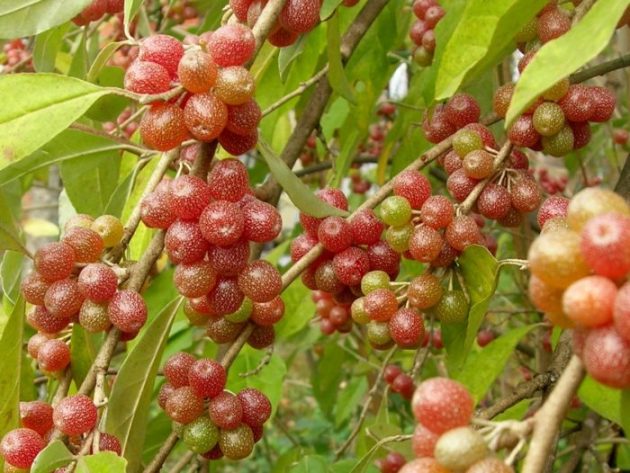


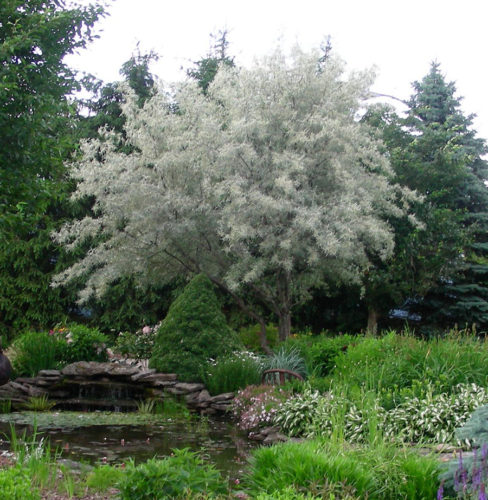
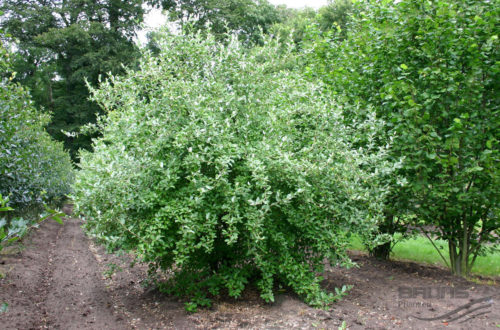
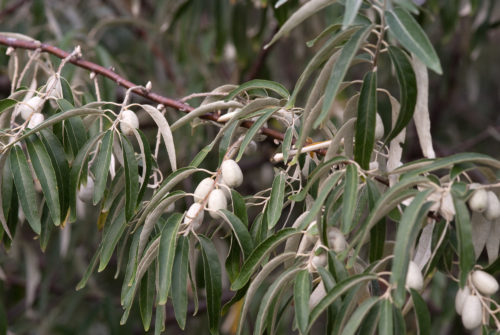


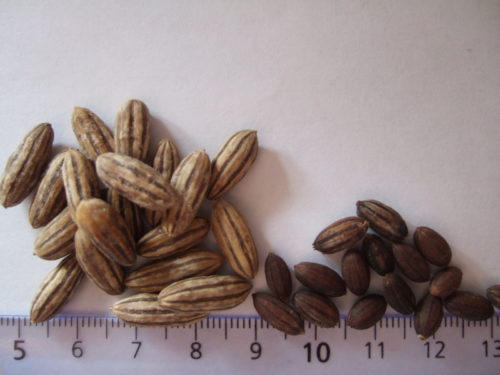
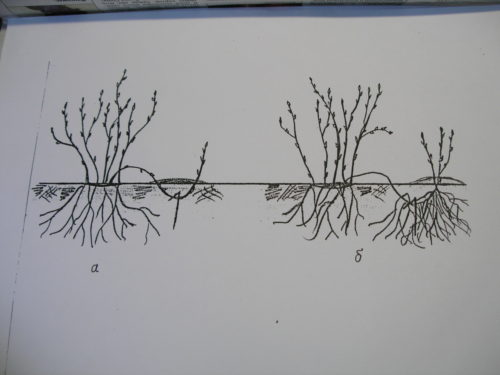
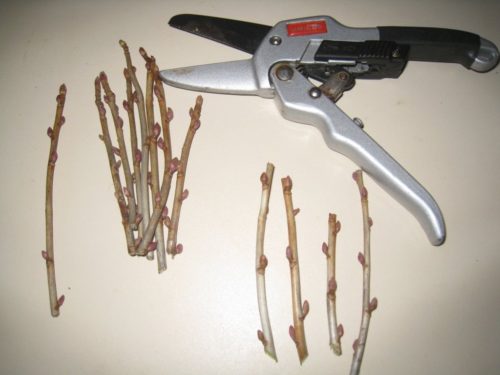
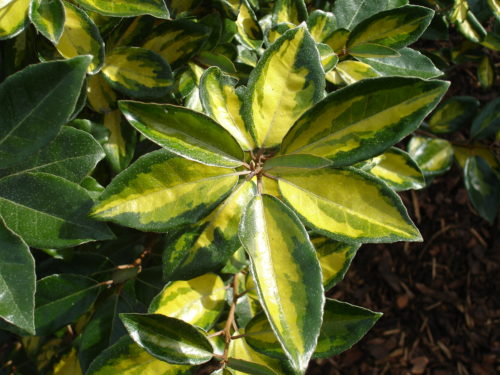
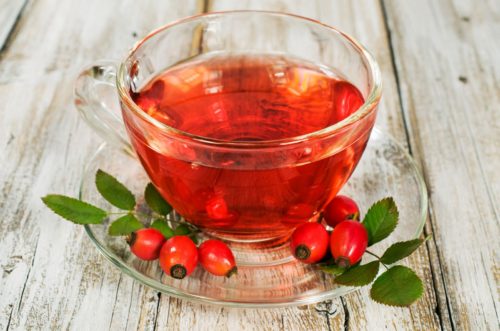












 Start a discussion ...
Start a discussion ...